Linear Vs Circular Economy
This case study will provide an overview of what is meant by a circular economy and identify the associated advantages of implementing such a system to the economy, business, and the environment. The role of SpiralWeld Ltd within this system will be explored and an understanding will be established to show how our remanufacturing services allow our clients to be a part of this new economy.
The current economic model, which is used by a vast amount of countries, including the UK, is described as a linear economy. This model is based on the availability of large quantities of cheap, easily accessible materials and energy. This model has fuelled industrial development and growth of the largest economic Nations on Earth.
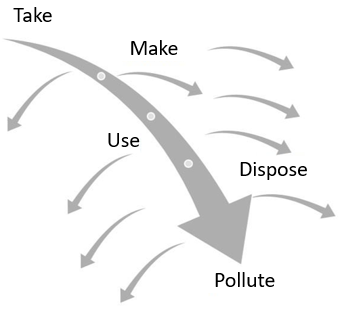
However, it has become apparent over the last few decades that this model is not sustainable, in terms of the availability of natural resources, the negative impacts it has on our environment and causing instabilities on the price of commodities. These realizations have provoked many business leaders and policymakers to rethink the current economic model.
In summary, using a linear model causes
- economic losses and structural waste
- price risks
- supply risks
A solution to these problems is to adopt a circular economy. It is a model which by Design seeks to remove the heavy burden on finite resources, by reusing the already existing materials readily available already in the economy. The circular economy can be defined by these three principles:
- To preserve and improve capital by governing finite stock, and balancing renewable source inputs
- Improving the return of ‘product gains’ within the economy through improving the products’ standard of quality
- Optimise systems in the economy by removing any negative externalities
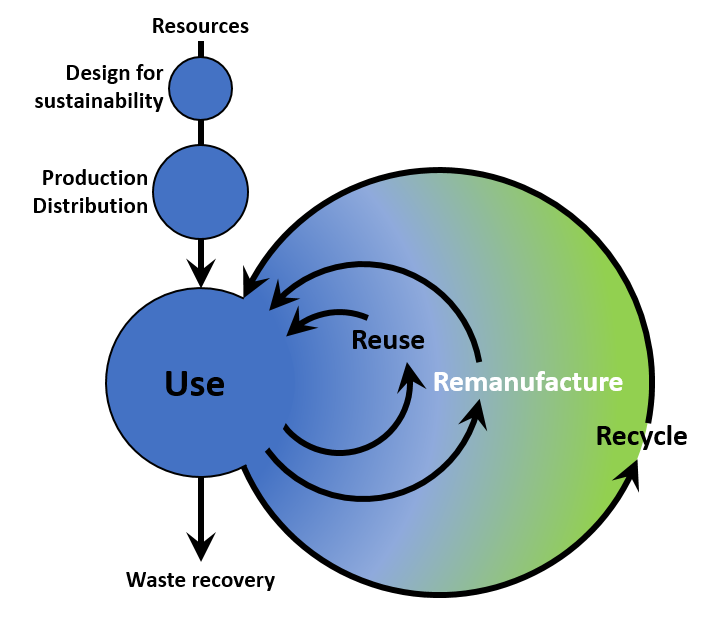
How SpiralWeld Supports the Circular Economy
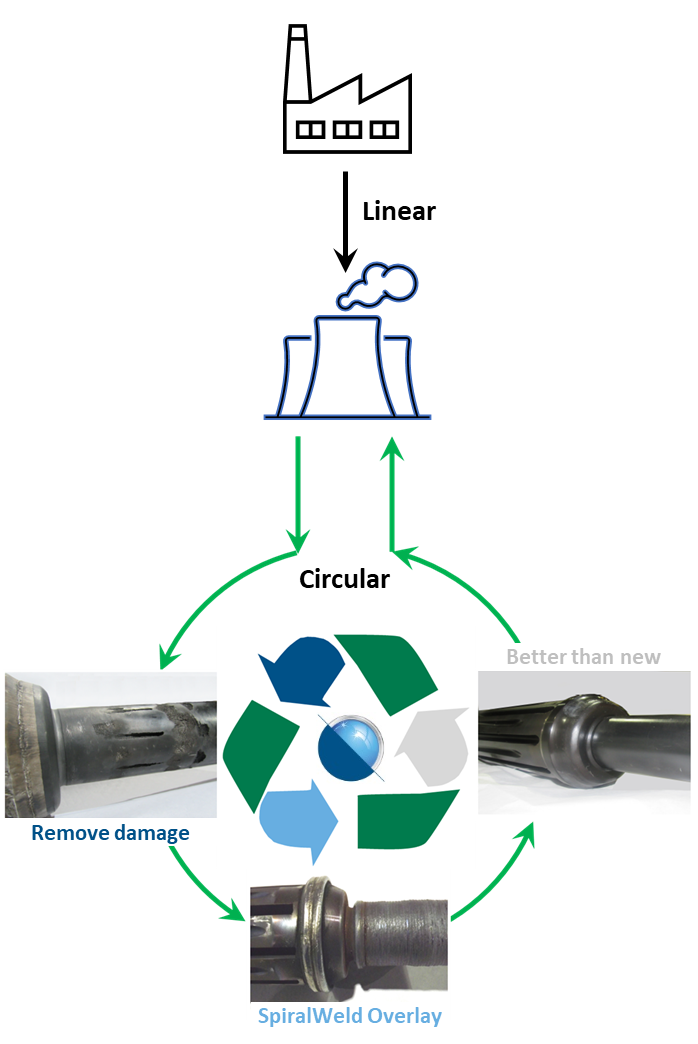
Spiralweld operates under principle number 2, improving the return of product gains within the economy through improving the product standard of quality, we do this by utilising remanufacturing services. Remanufacturing can be defined as, to build, repair, and restore a component for parts to meet or exceed the manufacturers performance specification. By its very nature remanufacturing is a pivotal function within the circular economy ensuring that components and parts which are thought to be beyond economical repair aren’t just scratched but are instead repaired and upgraded to be put back into the economy. This ensures resources are not lost.
Our services present an opportunity for our power generation clients, among other Industries, to become environmentally friendly and to take steps towards implementing a circular economy. We hope as large power companies Embrace the circular economy others may follow, helping to push for a more sustainable future. SpiralWeld have developed and utilised remanufacturing techniques for our repair services. Remanufacturing is a pivotal function within a circular economy full stop below is an infographic which provides an overview.
Circular Economy Hierarchy & Benefits
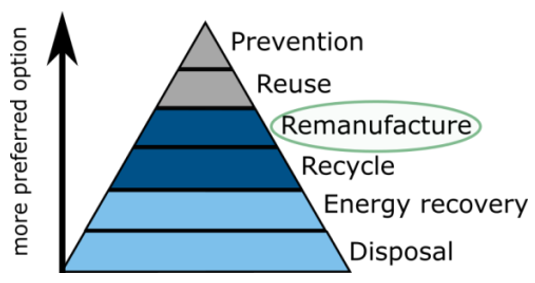
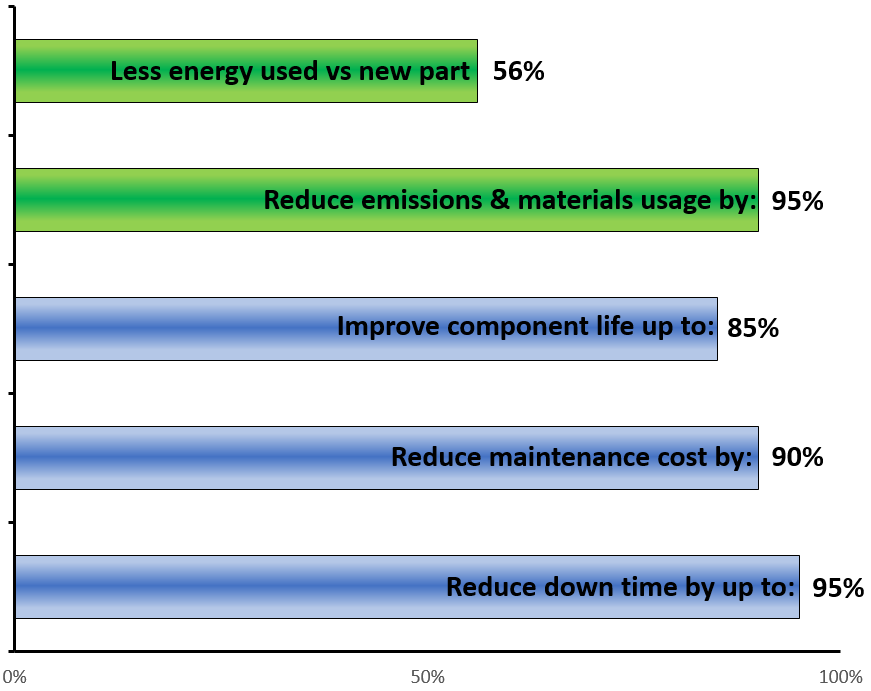
Conclusion
If we are to move to a more sustainable future, then adopting the methodology of a circular economy is a must. However, this process will take time and willingness to go against the perceived norm. By understanding that components can be recovered to the same standard as when they were manufactured, or even upgraded, more industries can start moving toward this practice. Not only will this help to create a more sustainable future, it provides many advantages for businesses and individuals, it is an optimum outcome and a rare scenario of win-win for both industry and society.
We are already doing our part, are you?
If you need further information on our services, please do not hesitate to contact us.
